#FOODJUSTICE
As hunger and malnutrition escalate, state’s plan to ensure sufficient and sustainable food systems is years behind
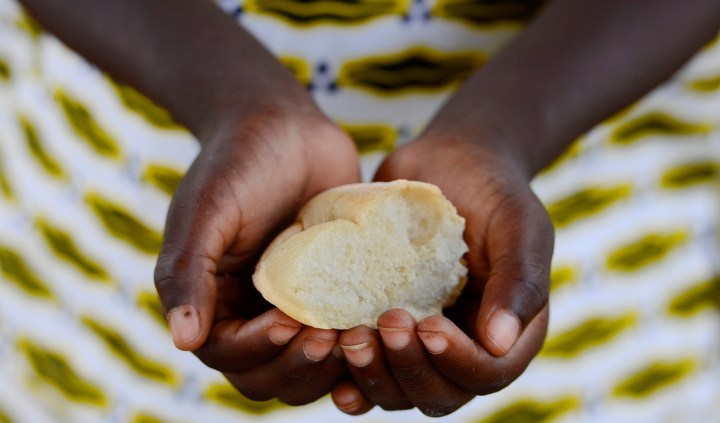
While food prices soar and millions of people in South Africa continue to go hungry, the government is dragging its feet on a plan to meet the constitutional right of all citizens to have access to sufficient nutritious, safe and affordable food, and to ensure food security. Maverick Citizen investigates what’s happening with the plan and the reason for the hold-up.
South Africa is not the only country with a hunger crisis affecting millions, especially in the tumultuous wake of Russia’s war on Ukraine, which has aggravated fuel-price and food-price shocks. But South Africa’s hunger problem is particularly acute at the moment: almost 20 million people go to bed hungry every night, says Neil Roets, CEO of Debt Rescue, and 30 million people (of our 60-million population) run out of money every month.
Even without the severe global shortages of wheat and sunflower oil caused by the war, seven million South Africans experience chronic hunger, while 21 million are overweight or obese – the highest rates of “overnutrition” in sub-Saharan Africa. In addition, micronutrient deficiencies (“hidden hunger”) can occur alongside both hunger and obesity.
Sometimes, this “triple burden” of malnutrition occurs within the same household.
“We need action now,” said Dr Chantell Witten, senior lecturer at the DST/NRF Centre of Excellence for Food Security at the University of the Western Cape.
“Children’s lives can’t wait. They can’t wait for agendas and they can’t wait for us to get our act together while we sit in boardrooms and in presentations. Children are hungry right now. All households are feeling the crunch but especially low-income and no-income households.”
Read in Daily Maverick: “Children’s rights to basic nutrition must be put at the centre of food systems, conference is told”
So, what needs to happen to ensure that children eat, to rebalance our food system, to redress the inequalities that drive this seemingly paradoxical triple burden, and ensure that all South Africans have access to enough safe, nutritious food? Can South Africa move towards “food democracy”? And can it do so quickly?
National Food and Nutrition Security Plan
The 2018-2023 National Food and Nutrition Security Plan suggests that it can. When it was published in 2017, the NFNSP (“the Plan”) declared that its aim is to “combat the silent crisis of malnutrition and reverse its growth in the next 15 years”.
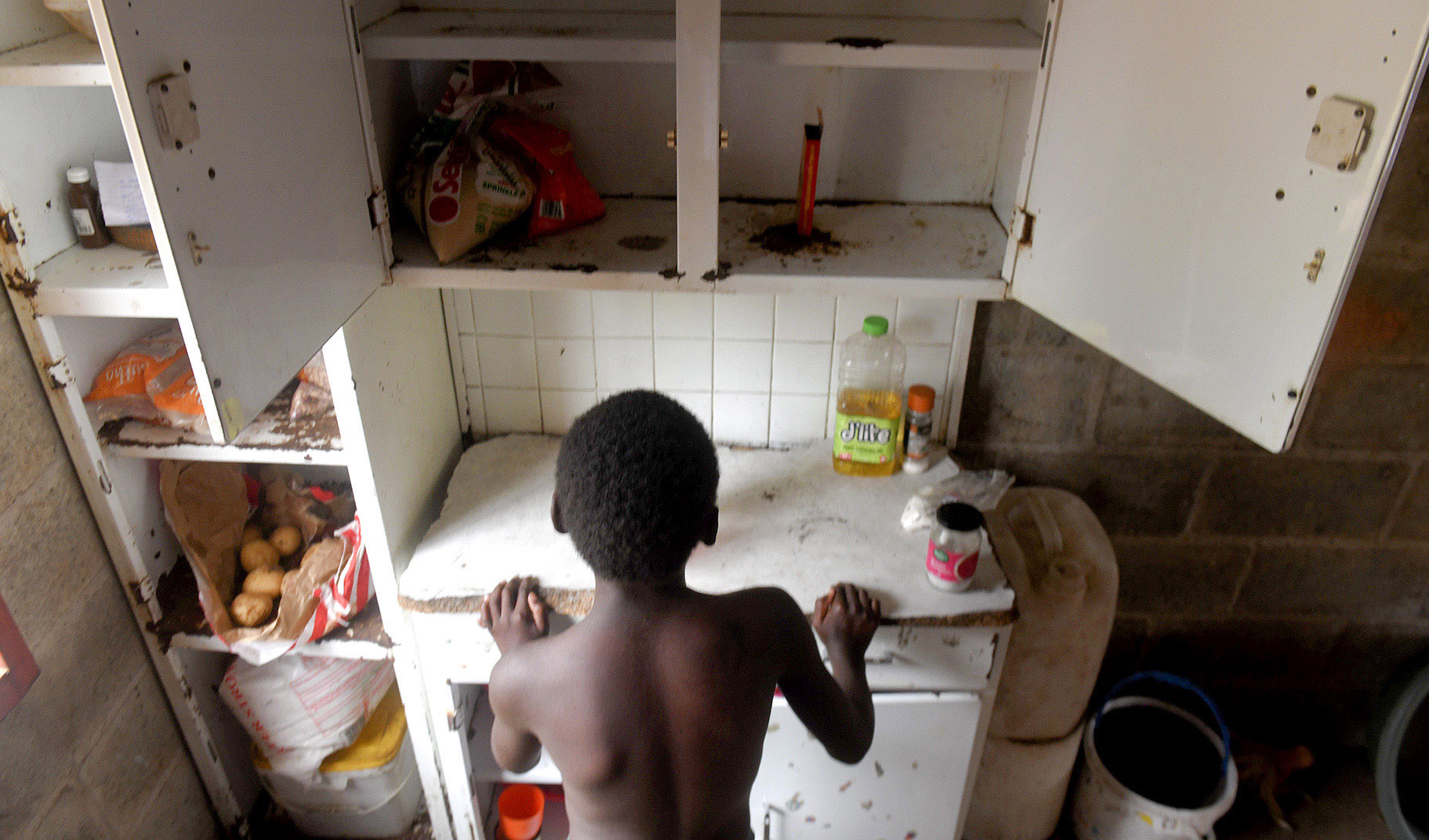
‘Children’s lives can’t wait. They can’t wait for agendas and they can’t wait for us to get our act together while we sit in boardrooms and in presentations. Children are hungry right now. All households are feeling the crunch but especially low-income and no-income households.’ (Photo: Black Star / Spotlight)
The 236-page document is an overarching policy that addresses all aspects of the food system, from farming to what ends up on our plates, and how.
Its positioning within the Presidency is said to be a measure of the seriousness with which the government is trying to tackle the problem. And yet the entire Plan, which has been costed at R86.8-billion, has not yet been funded; nor has it yet convened the Council (its first “strategic objective”) that is meant to oversee its implementation.
However, Thulani Masilela, a senior sector specialist for health in the Department of Planning, Monitoring and Evaluation (DPME), which is driving the NFNSP for the Presidency, assured Maverick Citizen that work on the other five overarching objectives has, in the meantime, been steadily advancing, including quarterly internal progress reports. Unfortunately the reports are not in the public domain and therefore impossible to assess.
The work of objectives two to six “has advanced”, Masilela said, “led by the technical teams from different government departments working in unison”.
But the idea of the Council, and its mandate to coordinate and oversee all food-related policy and implementation, was only approved by Cabinet in 2021. And its formation seems only to have just begun, with letters convoking the ministers of 10 government departments, Masilela said, to participate.
He added that the process to appoint non-government representatives will take place by nomination.
Masilela referred Maverick Citizen to the director-general of the DPME to answer questions relating to the form and timing of the nomination process, when the first Council meeting is expected to take place and what the Council hopes to achieve in the short term.
At the time of writing, Maverick Citizen had not yet heard back from the DPME in response to specific questions.
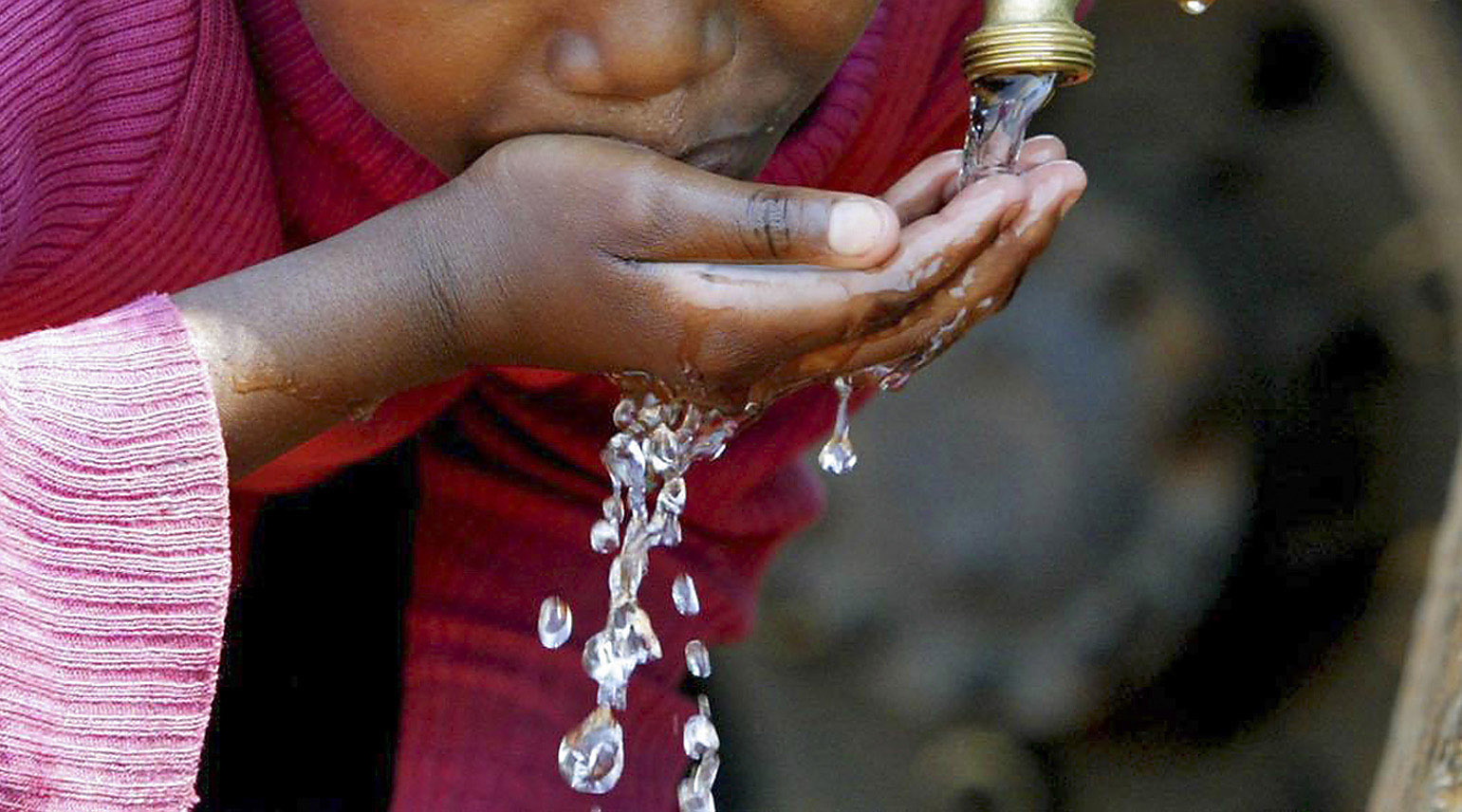
An in-depth look at what would inspire South Africans to change their eating practices is necessary to create a demand for communication on good nutrition, health and WASH (water, sanitation and hygiene) practices. (Photo: James Oatway / Gallo Images)
Witten, who participated on the NFNS Committee (in her previous capacity as nutrition lead of SACSoWACH) as the civil society representative, told Maverick Citizen that SACSoWACH had been notified that the DPME was mandated by Parliament to constitute the Council.
“Where in the process that is, is anyone’s guess,” she said.
‘One oversight structure’: the Council
According to the Plan, “household food insecurity, hunger and malnutrition levels are unacceptably high”.
The Plan states: “All successful efforts to reduce malnutrition have a single leadership and governance structure and a single national plan of action for food and nutrition security.
“It is imperative that responsibility for improvement of food and nutrition security is placed at the highest political levels: at the national, provincial and district levels. All the departments must be accountable to one oversight structure.”
This will be a stark contrast with what has come before.
Masilela told Maverick Citizen that 59 existing policies related to food and nutrition security were identified in the course of creating the NFNSP.
The council is likely to be a large coordinating body, made up of national ministers (planning, agriculture, education, cooperative governance, trade and industry, health, social development, rural development and land reform, water, statistics, women and trade and industry), as well as provincial premiers, and representatives from the private sector, non-governmental organisations and community-based organisations, as well as subject experts (for example in nutrition and agriculture) from outside the government.
Reaching the public with information about the Plan?
The NFNSP’s fifth “strategic objective” is to “influence people across the life cycle to make informed food and nutrition decisions through an integrated communication strategy”. The government departments responsible are health, social development, agriculture, government communications, planning and basic education.
Maverick Citizen was directed to the National Health Department for questions relating to public communication about the Plan, the Council, and any concrete on-the-ground actions to relieve hunger; we have not yet heard back from the department.
The Plan recognises that a “national Behaviour Change Communication (BCC) strategy is necessary” to reduce malnutrition in all its forms, and will focus on tackling both stunting and overweight “through positively affecting the consumption of nutritious foods and promoting healthier lifestyles”.
It also says that “an in-depth look at what would inspire South Africans to change their eating practices is necessary to create a demand for communication on good nutrition, health and WASH [water, sanitation and hygiene] practices”.
This objective’s stated “baseline” in 2016 was that “different sectoral strategies exist”.
Its 2023 target is to have an “integrated advocacy and communication strategy” implemented in all 52 districts of South Africa, with the participation of 40 commercial radio stations, potentially to reach 32.7 million listeners in South Africa. (It had a 2020 target but that has obviously been missed.)
The role of the private sector
There have been allegations in the past of private sector lobbying having influenced government decisions in matters such as the introduction of South Africa’s Health Promotion Levy (the “sugar tax”) in 2018, and the stalling, in 2014, of draft Health Department regulations restricting the advertising and marketing of foods to children.
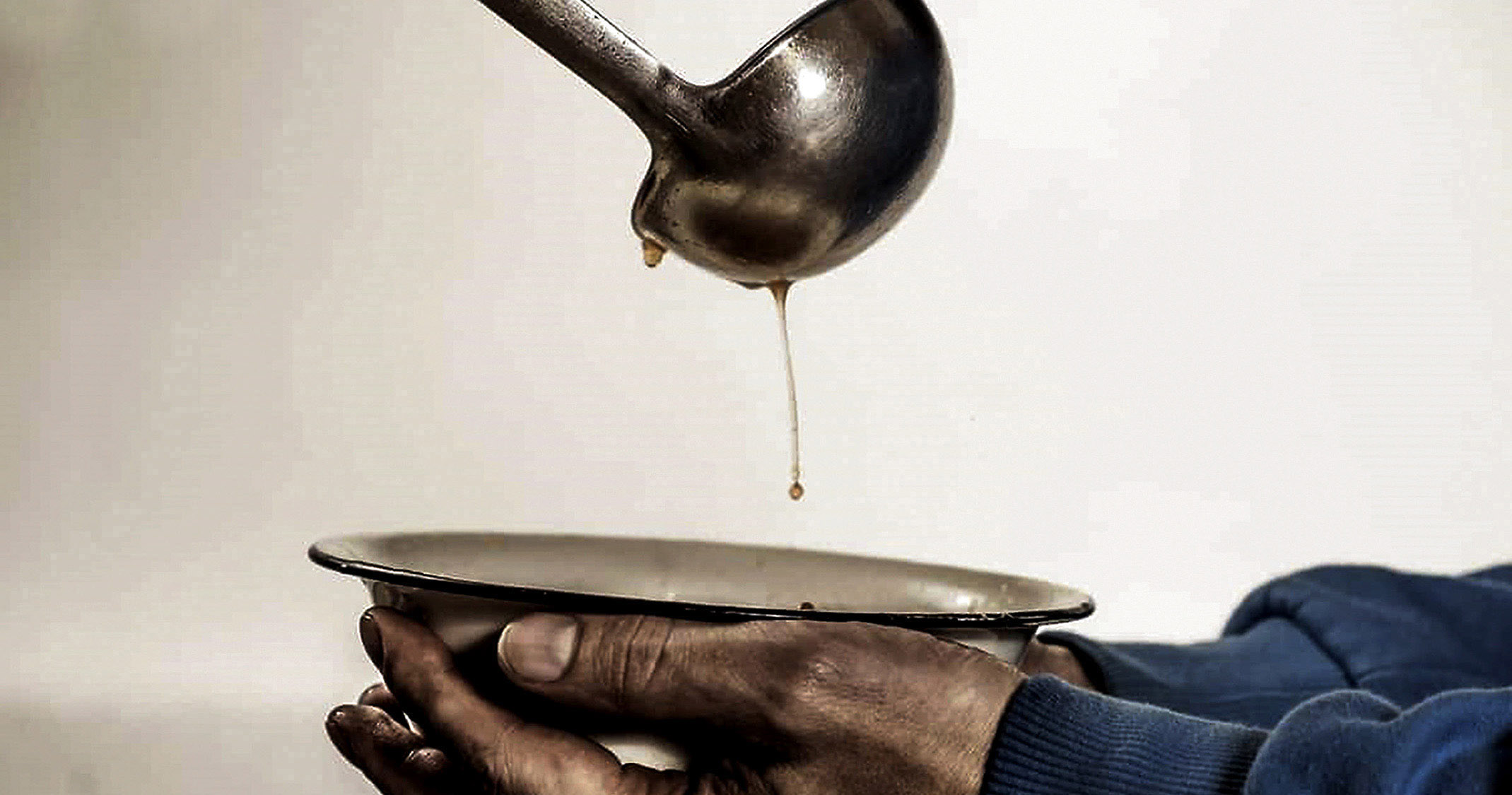
Food prices are soaring and millions of people in South Africa continue to go hungry. (Photo: iStock)
These regulations have still not been legislated.
Asked how the Council would guard against undue influence from massive commercial players who will be represented on the Council, Masilela told Maverick Citizen that “the presence of the private sector on the Council aims to achieve balance”.
Specific private-sector and food-company representation is still to be determined, but it is likely to include leaders of the four major food retailers and/or of the Consumer Goods Council of South Africa, which is an industry association that represents 12,000 retail and manufacturing member companies.
Masilela said: “We are going to guard against vigilante positions in the Council. The principle is that […] they don’t use their position in the Council to promote their commercial interests, or influence government policy in a manner that is the antithesis [of] the health and nutrition and food security of the people of South Africa, and [that] they don’t contradict existing policy.”
Where is the money?
The Plan’s original 2018-23 budget is significant: R86.8-billion per year – and it is unfunded.
More than three-quarters of the budget (78.2%, or R67.8-billion) is for the mammoth task of agricultural and food supply-chain reform, to “establish inclusive local food-value chains to support access to nutritious and affordable food”.
About 8% (R7-billion) is for nutrition interventions for mothers, children and infants, 0.8% (R703-million) is for public communication about nutrition, and 0.03% (R23-million) is for monitoring and evaluation.
“The NFNS Council would be able to leverage resources just as we saw the Covid Command Centre respond to the impact of Covid,” Witten told Maverick Citizen.
“The United Nations has called on all countries to take all measures to protect children from hunger and malnutrition – we call on the NFNS Council to act in the interest of children’s lives and their futures. Children are paying now and into the future adult years. This is an indictment on children who have an unqualified right to basic nutrition as enshrined in the Constitution of South Africa.”
Notably, funding for the national FNS Council is budgeted at 0.02% of the total budget (R18.7-million). All non-government representatives on the Council “will serve on a voluntary, non-remunerated basis,” Masilela said.
Could the ‘sugar tax’ pay for some of the Plan?
Asked whether South Africa’s Health Promotion Levy, which has raised R10,13-billion since 2018, might contribute towards the Plan’s budget, Masilela said a study by the Human Sciences Research Council (funded by the UN Food and Agriculture Organization) has been commissioned to determine the best sources of funding for the Plan.
The stated aim of the levy, on the SARS website, is “in support of the Department of Health’s deliverables to decrease diabetes, obesity and other related diseases in South Africa”.
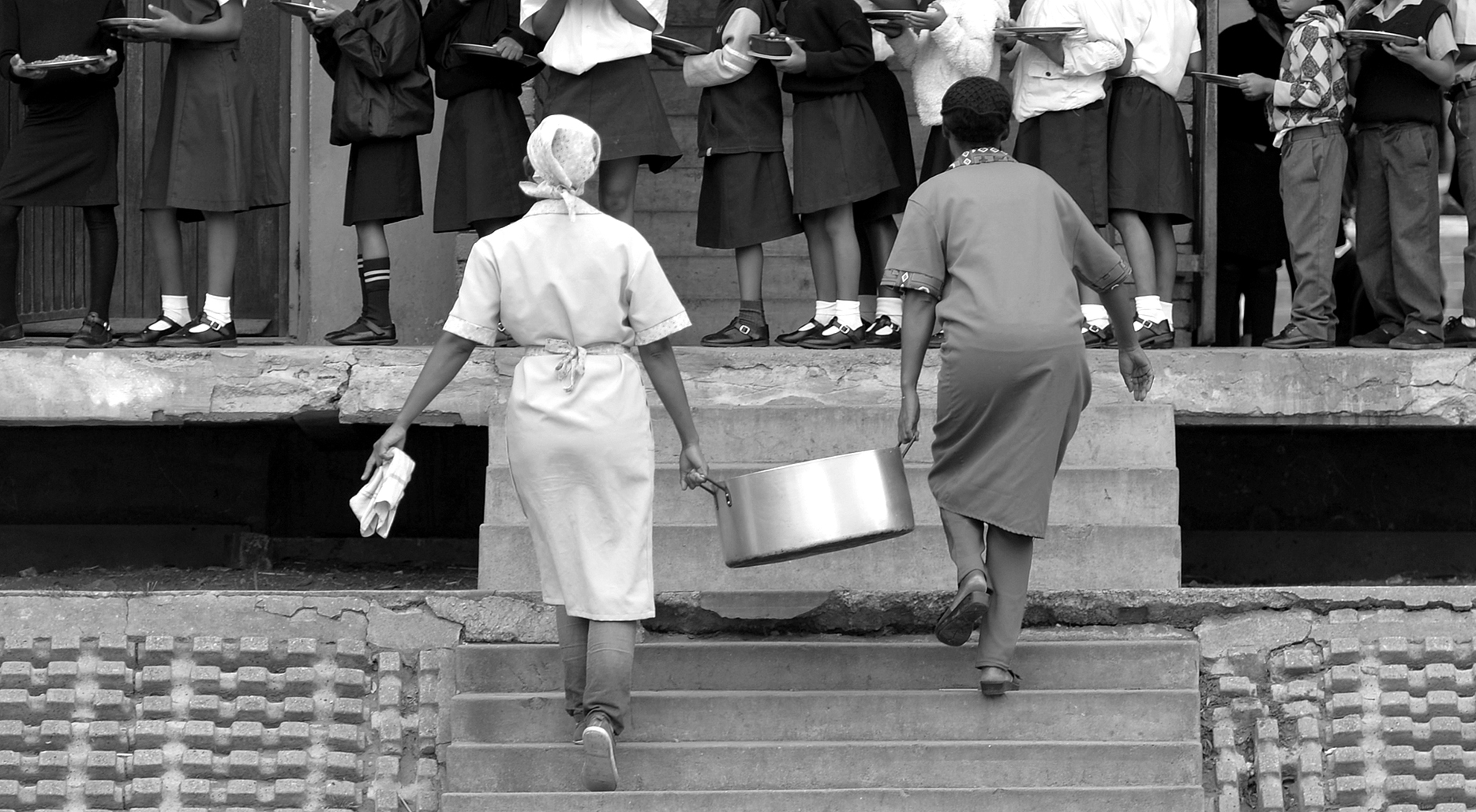
Families rely heavily on the school feeding schemes to fill their children’s tummies. (Photo:Deon Ferreira)
Asked whether it could itemise what the four years of Health Promotion Levy revenues (roughly R2.5-billion per year) have been spent on so far, Treasury replied:
“The revenue from the [levy] is not earmarked or ring-fenced for any particular expenditure but accrues to the National Revenue Fund for general government expenditure, as per the approved budgets. However, National Treasury has allocated additional funding of approximately R50-million per annum to the National Department of Health’s budget to support health promotion and chronic disease prevention over the 2021 MTEF period.”
Asked whether the government had plans to dedicate the levy to health-specific interventions such as management of obesity, non-communicable diseases, or other nutrition-related measures, possibly under the auspices of the NFNSP, Treasury referred Maverick Citizen to the same response.
Masilela said, in support of the NFNSP: “There must be an ethos of serving children, because children are going hungry every day, and I can tell you at the committee they get this, and they understand this, and they are working with the sectors, like the Department of Agriculture, and Social Development.
They’re trying to push in the right direction… Let’s mobilise South Africans around something that could yield fruits, let’s rally people around something that gives us hope, all of us.” DM/MC
Notes:
The six strategic objectives of the National Food and Nutrition Security Plan are:
- The creation of the National Food and Nutrition Security Council, which will be responsible to coordinate, convene and oversee everything that happens in objectives two through six;
- Focus on “local food value chains”, including smallholder farmers, markets, agricultural productivity, processing and waste;
- Expanding social-protection measures and sustainable-livelihood programmes;
- Scaling up “high-impact nutrition interventions targeting women, infants and children”;
- Influencing children and adults “to make informed food and nutrition decisions” using “an integrated communications strategy”; and
- Developing a monitoring and evaluation system for food and nutrition security so that progress against the Plan can be measured.




















 Become an Insider
Become an Insider
The photograph at the top says it all. Putting a highly refined bread roll, or bowl of super number one refined mealiemeal or putu, utterly tasteless so has to be loaded with sugar, into the hands of a hungry boy will bring neither satiety, nor nutrition to him; in fact it is likely to move him from the hungry stunted to the hungry obese group.
Until we include all refined carbs in the Health Promotion Levy, not just sugar, we will win with neither hunger nor stunting; nor with obesity for that matter.
I’m not optimistic; it’s firmly implanted in the minds of most South Africans that a huge bowl of refined mealiemeal and a loaf of white bread will satisfy the poor, stunted and starving.
I’ll bet that half of those in the department of health feed them to their children; or a bowl of equally poor cornflakes. Whole grains remain an anathema to all and sundry.
Throwing good money after bad is not going to resolve this crisis.
It’s lovely to trot out phrases like “access to enough safe, nutritious food” but it remains as distant as the Southern Cross.
What SA children need is a green mealie, a glass of milk or maas, an egg, a bowl of green beans and another of spinach each day. That of course is only the beginning; fruit, pumpkins, avocadoes, meat but certainly not polony. No one from the dept of health it seems has read that WHO scientists have stated that processed meat is carcinogenic.
A mill in every town to provide freshly-ground whole mealiemeal would be a game changer.